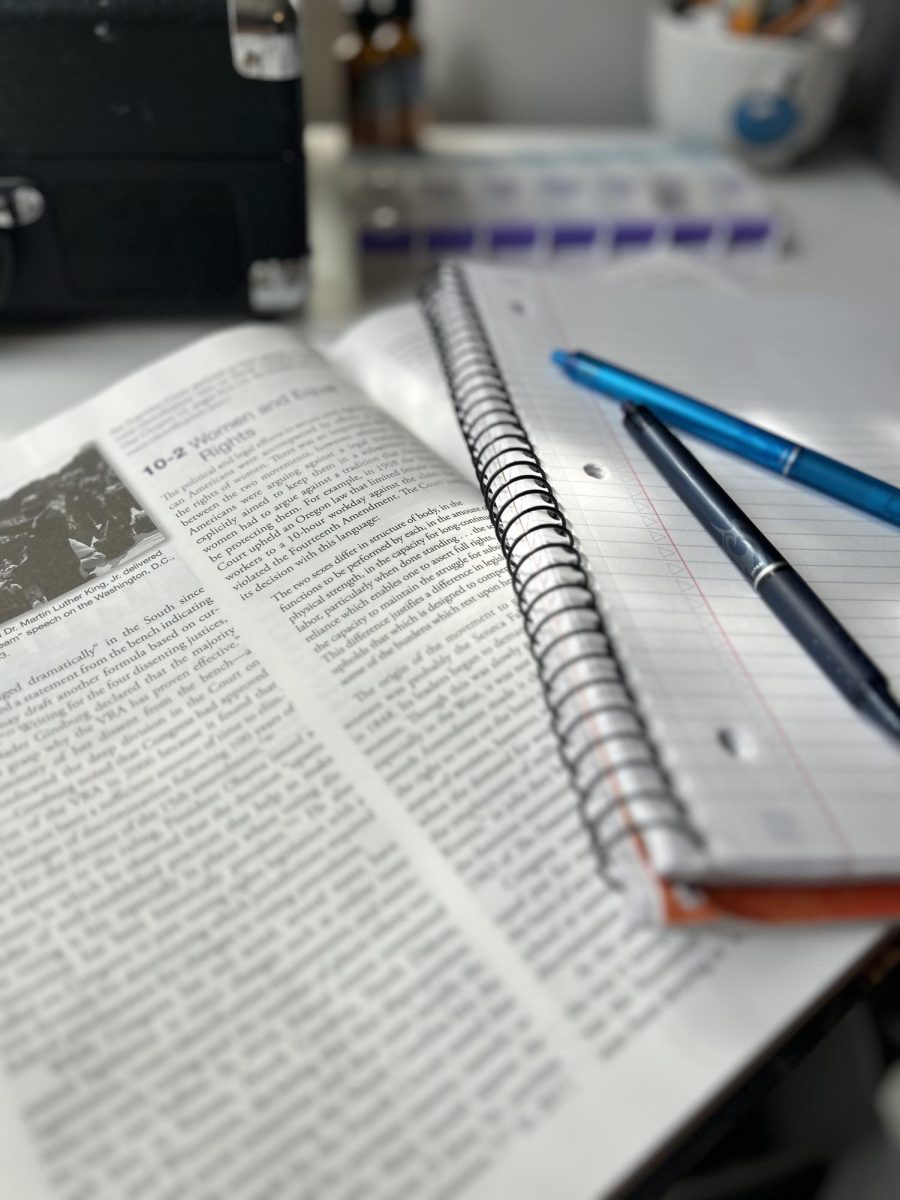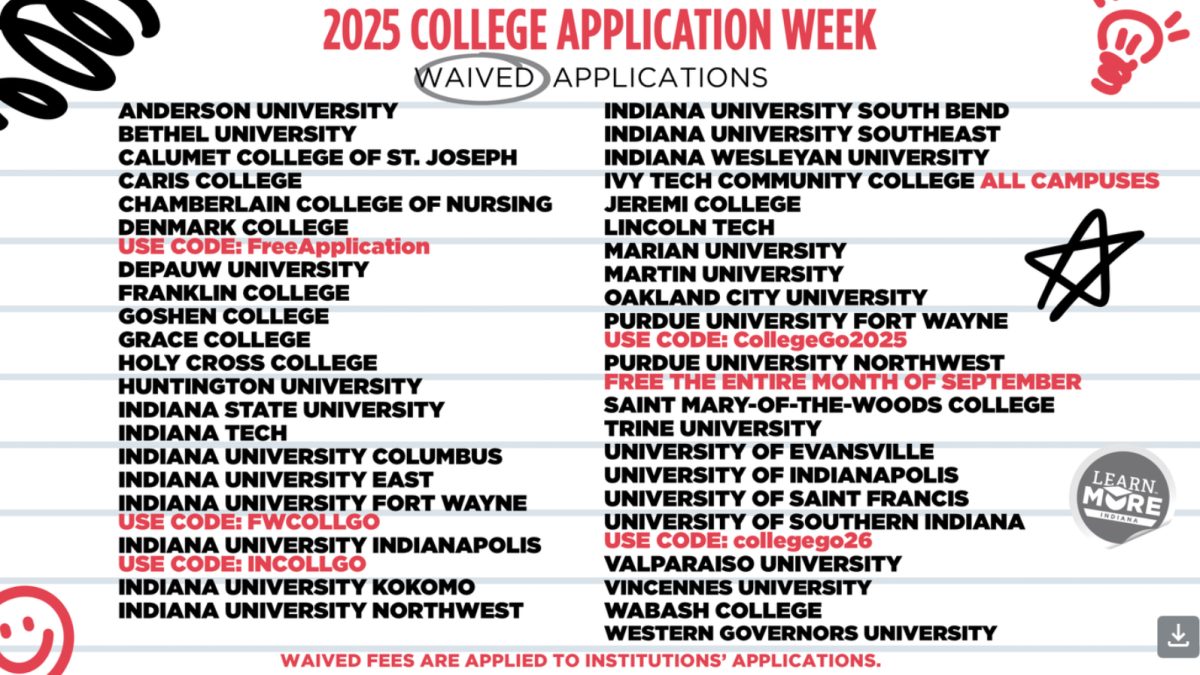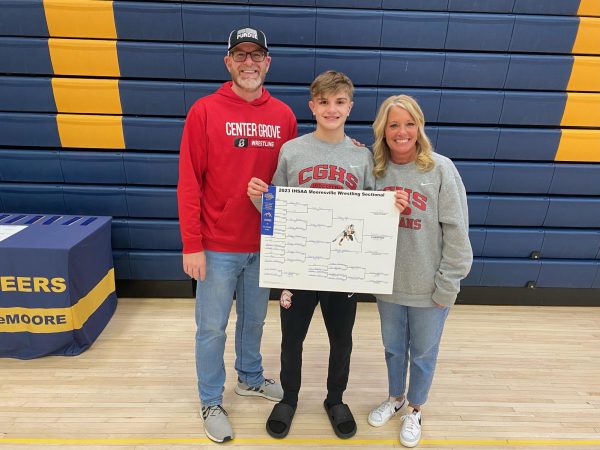Two teachers at Sacred Heart Preparatory in Atherton, California have taken it upon themselves to petition the College Board to instate an AP US Womens’ History course to detail the contributions of women across centuries of human development — contributions, which religious studies teacher Kirsten Kelly and history teacher Serene Williams would argue, that have been ignored in the current curriculum of AP History classes.
When I first read this headline, I was initially drawn in by the lure of gender equality. Tear down the patriarchy, I thought. After all, it only seemed fair that the College Board stressed the importance of American women to our history as much as they do the importance of all the suited-up big wigs on our dollars and coins and eternal, emotionless portraits.
I sat with my thoughts for a moment and reflected on my own four-years of experience in AP histories. Freshman year, as a good few freshmen do, I weathered the storm of AP World History. Sophomore year, I filled a void in my schedule with AP European History, a class that was more rewarding to me than it first appeared. Junior year, I worked through AP US History, and this year, I rounded out my credits with AP Government. In almost every class, I remembered womens’ history being a significant part of each unit. Every major unit was infused with the achievements and cultural standards of women in that part of the world and in that particular time.
I began to read through the topics which Kelly and Williams proposed as baselines for the curriculum of this new AP course. American Revolution? We covered the Daughter of Liberty and the republican motherhood for two whole class periods in AP US history. Seneca Falls? I distinctly remember scrambling to answer a DBQ over that event. The World Wars? The role women played in the productive homefront for these global conflicts was covered ad nauseam. What was I missing? What part of the curriculum was I taught that these teachers didn’t see?
I came to a realization: the problem with how the current AP curriculum deals with womens’ history isn’t that the College Board ignores it, the problem is that it is sectioned off into its own subunits and its own lessons — never fully integrated into the broader story. To illustrate this point, it would be best to look at an example.
Unit 3 of AP US History’s Course and Exam Description deals with the lead-up to, conflict of, and consequences of the American Revolution, beginning with the French and Indian War and ending with the establishment of the Constitution. In all of its 12 subcategories, the significance of women to this era is explicitly focused on in a singular Topic 3.6 under the obligatory thematic focus of “Social Structures”. In one section of the longest unit in all of AP US History, women get a dedicated fifteen-minutes of fame.
One might say this is the exact reason we need an AP Womens’ History class. It only seems right to dedicate an entire new curriculum to the other actions women took in the development of American society and values. However, I would raise the question: what is the point of history? Is it to tell the story as it is, or as we want it to be? It is laughable that the College Board only dedicates a singular topic to the role women played in the American Revolution, obviously, but it is equally laughable to address the issue by separating greater US history into gendered curricula like their Boys’ and Girls’ volleyball or Boys’ and Girls’ soccer.
In fact, separating these classes only promotes the very thing Kelly and Williams are fighting against — the idea that women and men do not belong in the same conversation when it comes to our history. Be honest. If there were a hypothetical AP US Womens’ History, how many Center Grove boys would find themselves in that classroom? How many more boys would miss out on learning about the Dianne Feinsteins, Ruth Bader Ginsburgs and Susan B. Anthonys of our history because they chose to take the blue pill for the AP history course instead of the pink one that lacks a mention of their male identity? Kelly and William’s proposal has good intentions, but it will only result in more separation and more ignorance from students to the tremendous role women have served throughout time.
My solution is simple: instead of building a course from the ground up, we take what is already there and smash the obligatory “girls segment” of each unit. We incorporate the equal pertinence that women and men played to every topic, every development and every event. We need to challenge the College Board to do a better job integrating the story of women into what they already have, not force them to create a whole new course out of a sense of gendered obligation. Separating women into their own corner of AP history will only taint their stories more and risks certain students flat-out never hearing them.
We could go the route of our theoretical AP US Womens’ History course, but such an action would only reinforce the very sentiment which we wish to condemn — the idea that men and women are in separate spheres. I prefer a history course that tells both sides of the spectrum’s story consistently and coincidentally, as after all, that would be the true mark of equality











Andi Mallinckrodt • Oct 27, 2023 at 8:38 pm
I wish the world were fair an unbiased, but alas it is not. Maybe by creating a curriculum that teaches both the US history of the standard norm course and the outstanding achievements of women combined as these teachers have done, will become the standard norm. Both our sons and daughters should be able to appreciate all the achievements of leaders regardless of gender. I for one applaud their efforts.